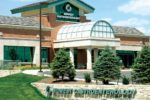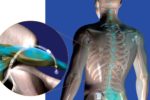Patients often wonder why their aches and sprains; for example tennis elbow, rotator cuff injury, knee ligament tear or ruptured back disc take so long to heal and, sometimes, become a chronic condition. When we are injured, we typically stress or strain our joints. These joints use tendons and ligaments to hold them together. When we over exert or stretch these joints, we develop an inflammation and/or tear in our tendons and ligaments. Since ligaments only heal up to 60% of their original strength, the joint becomes loose and unstable. The injury then becomes a chronic condition and is prone to re-injury. Chronic pain can then result from premature wear and breakdown of the cartilage in the joints and muscle tendons.
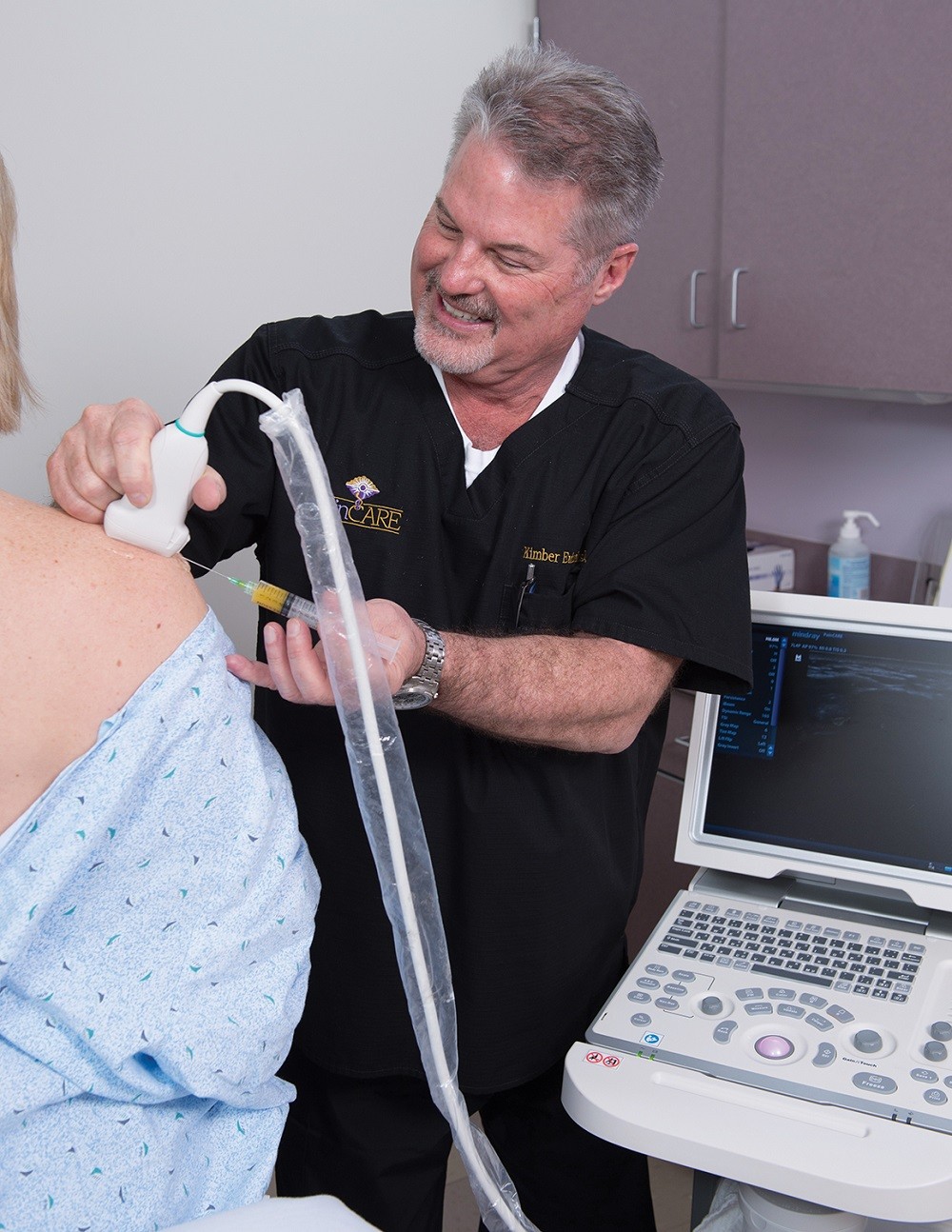 Our bodies can heal themselves, such as when we get a scratch. Unlike skin, however, our ligaments, cartilage and tendons heal slowly due to a natural poor blood supply. Poor blood supply means fewer platelets containing growth factors can get to the cartilage and ligaments to heal the injury. This is why sprains and cartilage injuries heal incompletely and can become chronically painful.
Our bodies can heal themselves, such as when we get a scratch. Unlike skin, however, our ligaments, cartilage and tendons heal slowly due to a natural poor blood supply. Poor blood supply means fewer platelets containing growth factors can get to the cartilage and ligaments to heal the injury. This is why sprains and cartilage injuries heal incompletely and can become chronically painful.
In recent years, scientific research and technology has provided a new perspective on platelets which are usually known for the clotting process. Studies suggest that platelets contain an abundance of growth factors that can affect inflammation, bone formation along with wound, muscle tear and soft tissue healing. Research shows that platelets also release many bioactive proteins responsible for attracting white blood cells, stem cells and bone-building cells that not only promote removal of degenerated and dead tissue, but also enhance tissue regeneration and healing. It is thought that if an increased concentration of growth factors and proteins can be delivered to the injured tissues, then the body’s efforts to heal itself will intensify and speed up. The process of placing your own concentrated platelet-rich-plasma directly to your injury site is called Platelet Rich Plasma therapy, or PRP.
“Until now, doctors have been limited in available treatments for injuries that are bad enough to possibly need surgery. Other treatments just reduce pain while the body is healing itself, but PRP may help heal chronic injuries, slow the progression of more serious injuries, decrease the overall time of healing and be an alternative to surgical intervention.” says Daniel Bruning, M.D who, along with his partner, Kimber Eubanks, M.D., perform PRP therapy in the Kansas City area. These doctors also have first hand experience in being treated themselves with PRP and are each very satisfied with their results. Dr. Bruning had his tennis elbow and knee treated and Dr. Eubanks had his sacroiliac joint treated with excellent pain relief. This convinced the doctors to make this available to their patients.
The procedure doesn’t take long and is simply a process of drawing blood from your arm, spinning the blood to get the platelet-rich plasma portion and then injecting it into your injury site. The doctors feel the blood should be spun twice to obtain the purest amount of platelet-only plasma. Dr. Eubanks stated, “injecting too many white blood cells causes an unnecessary increase in pain after the injection and the second spin greatly increases the concentration of platelets containing growth factors.” There are very few risks to the process and all injections are done using fluoroscopy or ultrasound guidance.
Premature wear and breakdown of the cartilage in the joints and muscle tendons can result in chronic pain. Most pain management doctors rely on steroid injections to decrease the patient’s pain while it is healing. Steroids may keep the patient more mobile or permit them to do physical therapy but do not actually heal the injury nor leave the injured area any stronger. Dr. Bruning stated, “In studies on tennis elbow chronic pain conditions, when PRP was compared with steroid injections the steroid treated patient felt pain relief quicker but the effect was short lived, needed to be repeated, and did nothing to make the tendons stronger. The PRP treated patients, on the other hand, saw slower pain relief but their pain relief was longer lasting and the tendons showed continual signs of strengthening for the long term.” When asked why someone would be willing to wait longer for pain relief with PRP over a steroid injection, Dr. Eubanks responded, “the steroid injection will definitely need to be repeated for chronic pain conditions usually within weeks to months. PRP therapy may give up to a year or possibly much longer lasting results. The PRP treatment may also make the area stronger and less prone to re-injury.”
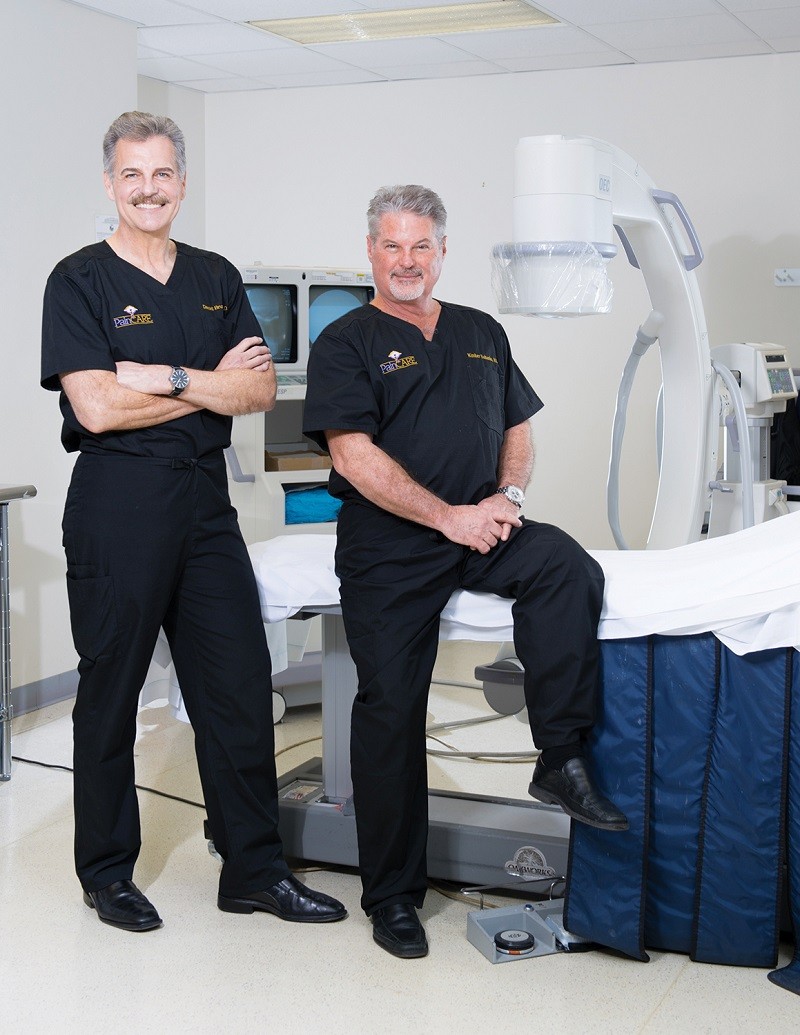 The concept of using our own inflammatory response to heal has been written since the ancient Greek Olympics. Platelet Rich Plasma therapy was initially developed in the 1970’s and first used in 1987 in an open heart surgery. One of the worse parts of healing after open heart surgery is from the breast bone being split in two. To stimulate quicker and more stable healing of the sternum, PRP was injected directly around the area to aid healing. Doctors have used PRP since the mid-1990s to aid bone healing after spinal injury and soft tissue recovery following plastic surgery. In 2004, studies at Stanford University found that PRP therapy got 90% healing at 6 months in injuries as long out as 20 months. PRP and stem cell treatments have been used extensively outside the United States for over 20 years with reported good health results. For years, elite athletes have had to travel to Europe to get these treatments before they were available in the U.S. PRP has gained publicity when used by high profile athletes such as golf’s Tiger Woods, football’s Troy Polamalu, baseball’s Takashi Saito and basketball’s Brandon Roy.
The concept of using our own inflammatory response to heal has been written since the ancient Greek Olympics. Platelet Rich Plasma therapy was initially developed in the 1970’s and first used in 1987 in an open heart surgery. One of the worse parts of healing after open heart surgery is from the breast bone being split in two. To stimulate quicker and more stable healing of the sternum, PRP was injected directly around the area to aid healing. Doctors have used PRP since the mid-1990s to aid bone healing after spinal injury and soft tissue recovery following plastic surgery. In 2004, studies at Stanford University found that PRP therapy got 90% healing at 6 months in injuries as long out as 20 months. PRP and stem cell treatments have been used extensively outside the United States for over 20 years with reported good health results. For years, elite athletes have had to travel to Europe to get these treatments before they were available in the U.S. PRP has gained publicity when used by high profile athletes such as golf’s Tiger Woods, football’s Troy Polamalu, baseball’s Takashi Saito and basketball’s Brandon Roy.
PRP is being performed by Pain Management doctors, Orthopedic doctors, Physical Medicine and Rehabilitation doctors, Plastic Surgeons, Oral Surgeons, Radiologists and Veterinarians. A search on “youtube.com” will show many different medical specialties using PRP and stem cells with good reported outcomes. The doctors at PainCARE consider PRP for their patients who have failed other types of conservative therapy, such as physical therapy, chiropractic care, acupuncture and steroid injections. PRP should be considered before surgery. Dr. Eubanks stated, “It is not often we have a natural tool to help patients that can be performed in an office setting, have the capability of treating multiple areas of the body with minimal risks, have no down time, and very few contraindications! Any time we can treat a condition without surgery we lessen the risks to our patients. We would like everyone to know this treatment is possible. Although it may not work for everyone it is a strong treatment to consider.”
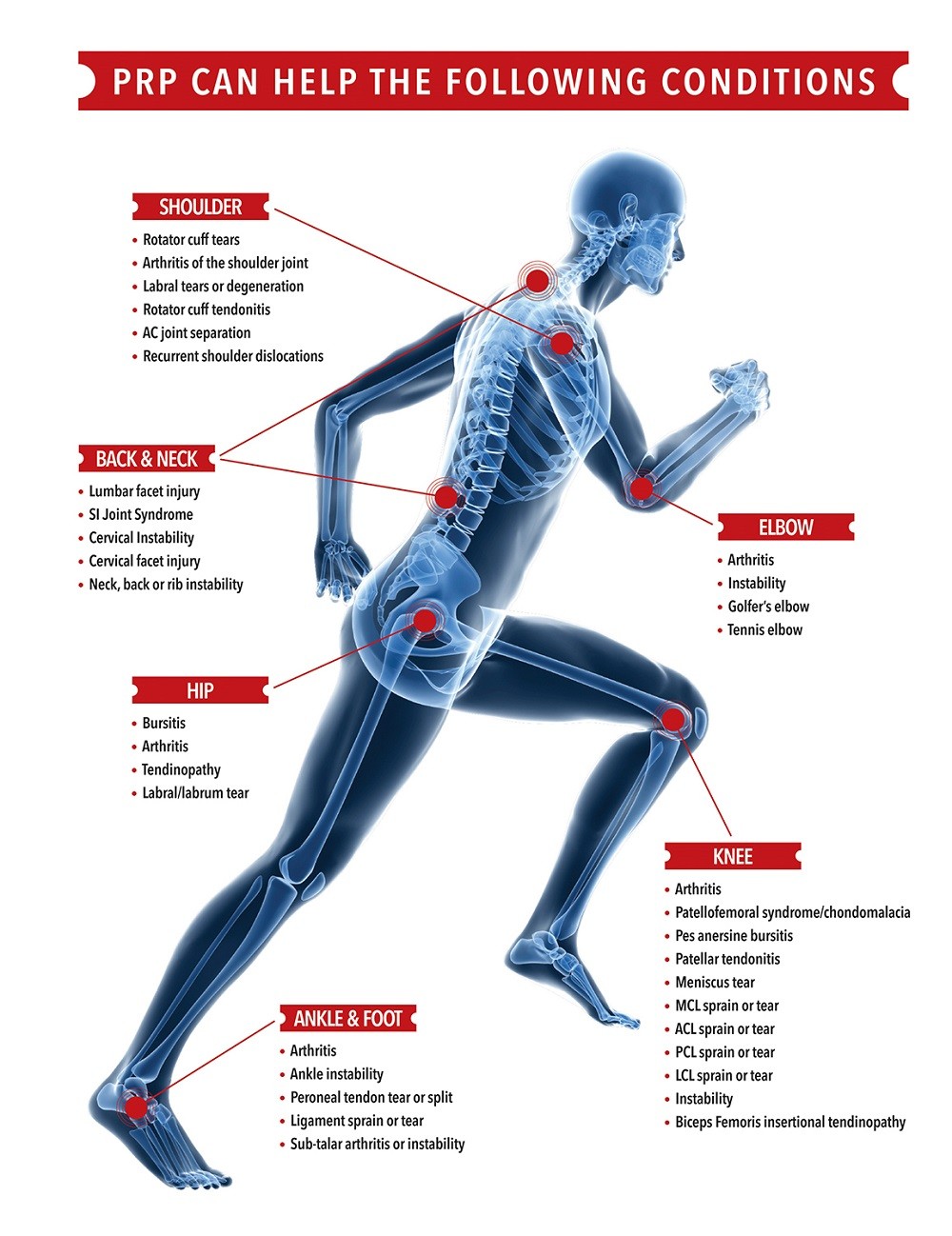
Stem Cell Therapy
PRP is not the same as stem cell therapy although they share a similar action to heal the ligaments, bone and cartilage. PRP releases proteins and growth factors to attract local stem cells and spur them to action. Stem cell therapy is the injection of stem cells directly to your injury site.
Stem cells are immature cells that are influenced by their surroundings. When brought to an injury site, a stem cell may develop into the kind of cell needed to help in healing muscle, ligament and cartilage. They may also provide an anti-inflammatory effect, recruit other adult stem cells for healing, and support tissue remodeling instead of scar formation.
The doctors at PainCARE use stem cells obtained from left over amniotic tissue, after a baby has been delivered. “Since a lot of chronic pain patients are over 40, their stem cells may not be as biologically active or as plentiful as those of a newborn. There have been no cases of anyone having any problems from amniotic cells,” said Dr. Bruning.
 There are no clinical trials showing better results with stem cell therapy vs. PRP therapy but stem cells may offer an advantage when tissue regeneration is desired. The doctors at PainCARE believe that PRP is a reasonable first therapy for treatment. If there is no response to PRP, you can discuss with the doctor whether stem cell therapy is the next appropriate step.
There are no clinical trials showing better results with stem cell therapy vs. PRP therapy but stem cells may offer an advantage when tissue regeneration is desired. The doctors at PainCARE believe that PRP is a reasonable first therapy for treatment. If there is no response to PRP, you can discuss with the doctor whether stem cell therapy is the next appropriate step.
Insurance companies will not cover PRP or stem cell therapy because they often require years of studies before they will pay for a therapy. Since no expensive drugs are involved, no drug company is willing to spend the millions of dollars needed to fund these studies. Most of the research studies are from Veterinary medicine and have been very positive for PRP in terms of tendon-healing effects in animals. More clinical trials on humans are currently being conducted to evaluate the effectiveness of PRP treatment. At this time, the results of these studies are inconclusive because the effectiveness of PRP therapy can vary. Factors that can influence the effectiveness include: the area of the body being treated, the over-all health of the patient and if the injury is recent or chronic, the timing of initiation of the therapy, and the quality and quantity of PRP used. Dr. Bruning and Dr. Eubanks have listed scientific articles available that can be accessed using their web site www.kcprp-stemcell.com for those interested in learning more about the effectiveness of the therapies.
Many doctors feel that PRP therapy is the wave of the future. PainCARE has provided a long list of frequently asked questions and answers on their website for those wanting more information about stem cell and PRP therapy. If you think you are a candidate for PRP or stem cell therapy contact PainCARE.
PainCARE
Daniel Bruning & Kimber Eubanks
10501 Metcalf Overland Park, KS 66212
913-901-8880
www.kcpaincare.com


